It might surprise you – like it did I – that there are different varieties (or cultivars/ cultivated varieties?) of Agbalumo, distinct in shape, colour and size.
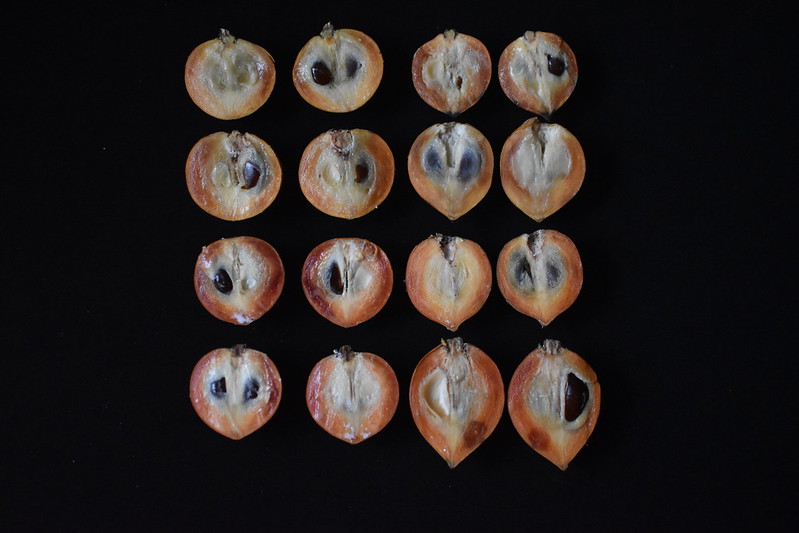
Many factors come into play in describing fruit. On the basis of a number of observations, I dare say I can identify at least 6 varieties – here we go.
Differentiation by Shape
globose - having the shape of a sphere or ball; "a spherical object"; "nearly orbicular in shape" oblate - flattened at the poles, as a spheroid generated by the revolution of an ellipse about its shorter axis (opposed to prolate). ovoid - egg-shaped; having the solid form of an egg.
Variety 1 | Globose, vertical and horizontal axes roughly equal Pointy base.
Variety 2 | Oblate, vertical and horizontal axes roughly equal. Flat base
Variety 3 | Ovoid, vertical axes longer than horizontal. Egg-shaped
Variety 4 | ‘Ellpisoid’, vertical axes longer than horizontal. Less egg-shaped
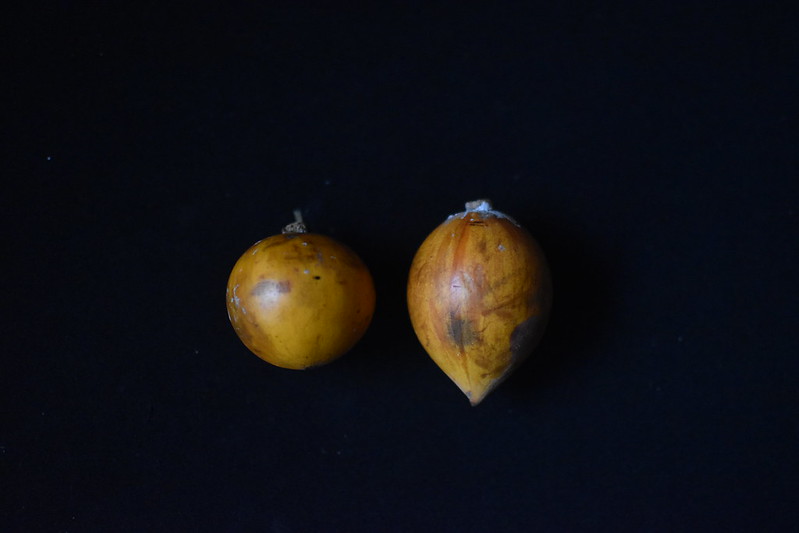
L – Variety 3; R – Variety 4
Differentiation by Colour of Flesh
The fruit can also be differentiated by the colour of the flesh.
Variety 5 | Red-fleshed, tends to be sweeter than orange-fleshed variety. Present in both globose and ovoid fruits
Variety 6 | Orange-fleshed, tends to be less sweet than red-fleshed variety. Present in both globose and ovoid fruits
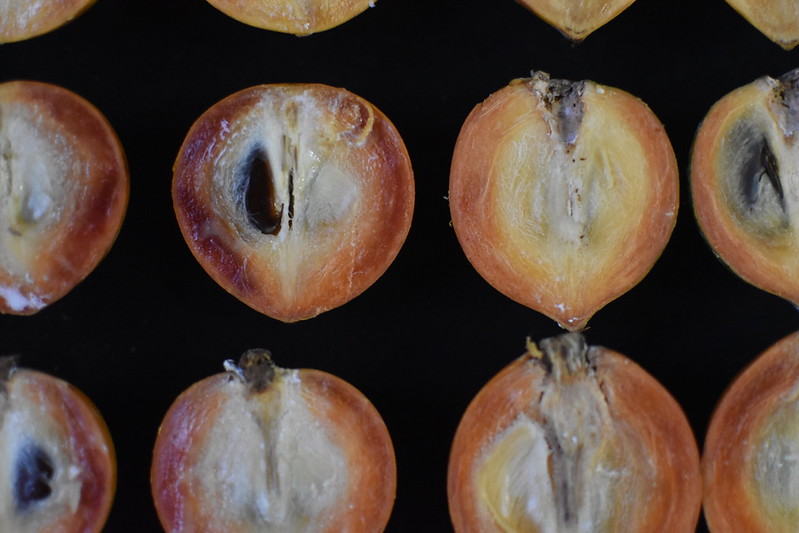
I imagine next steps would be trying to establish links to provenance and delving deeper into the specifics of classifying the varieties but really fascinating, no?
Well, yes :). I think so too.
What do you think? What do you know? How else can I slice and dice this fruit to learn more? Any information you can share would be appreciated! Thank you xxx

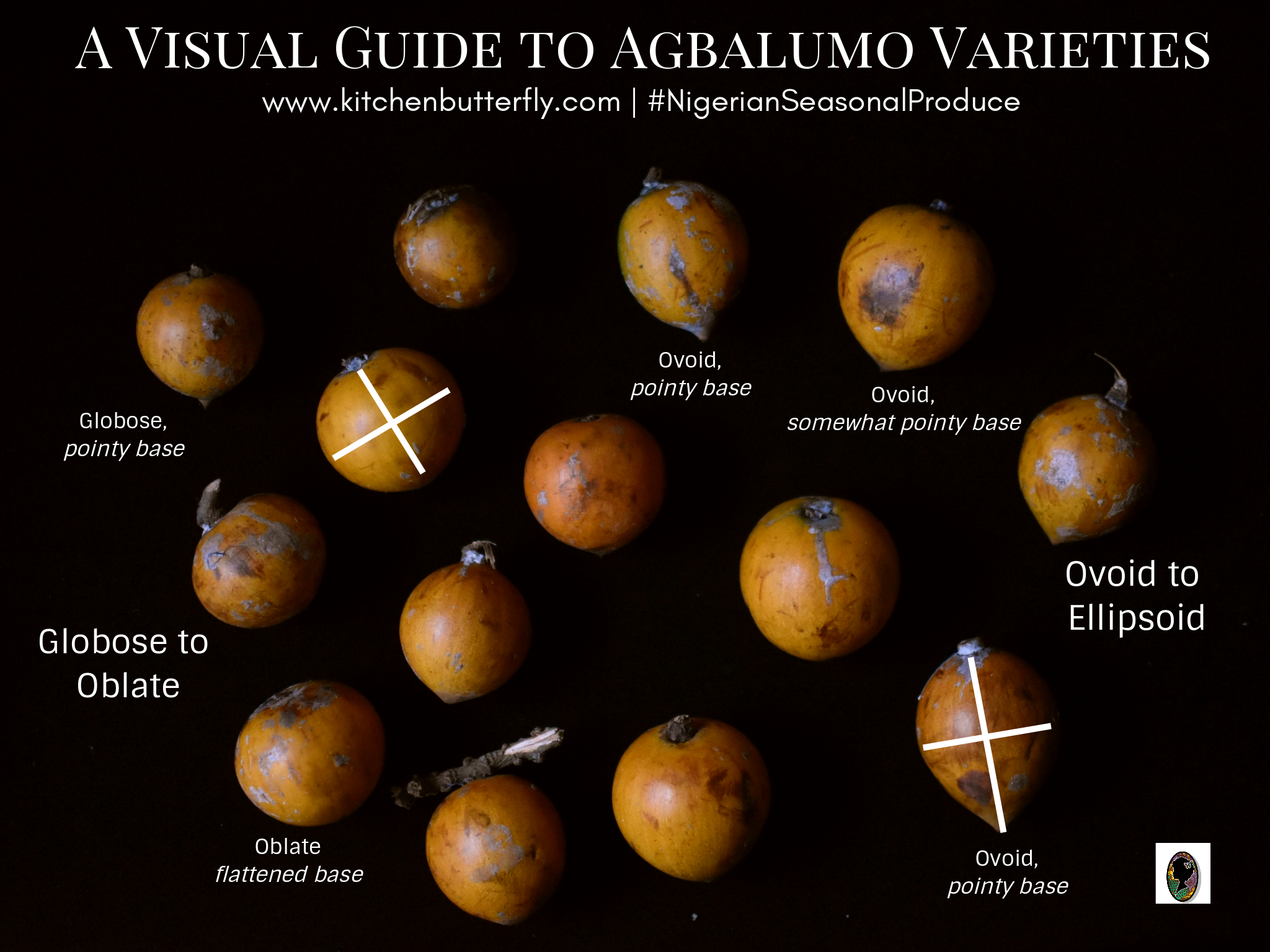
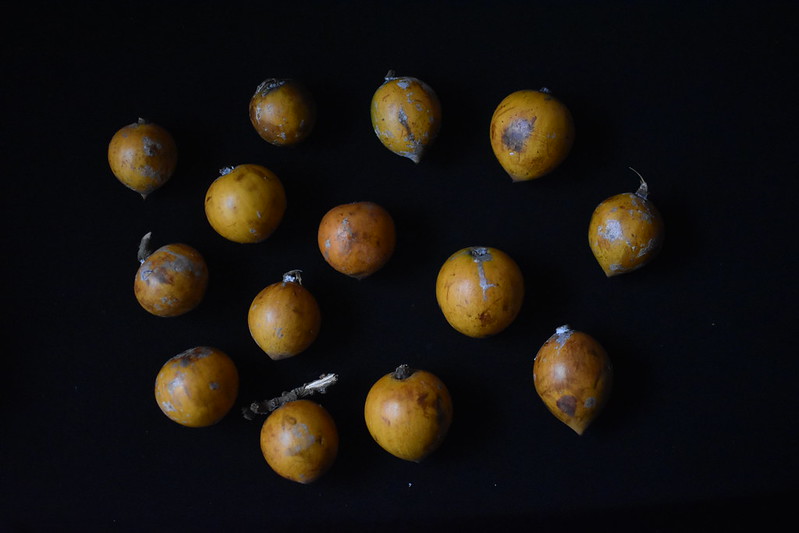
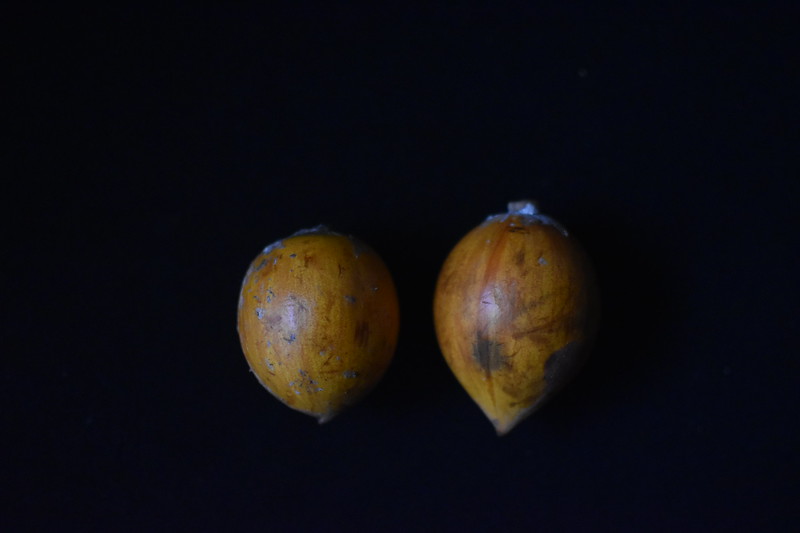



[…] snowing, it’s citrus season, baby! Talk about my favourite season because it’s also agbalumo season, and though I’m far from home, away from the source of that joy, I can bask in the joy […]
Agbalumo (African star apple) Botanical name: Chrysophyllum albidum. In Yorubaland, her bark is used for the treatment of yellow fever and malaria, while the leaf is used as an emollient and for the treatment of skin eruption, stomachache and diarrhoea. Cotyledons from the seeds are used as ointments in the treatment of vaginal and dermatological infections
Amazing! I will have to try the agbalumo – apple tart. Thank you for putting me on the agbalumo trail!
My absolute please
im speechless!!!!
Wow.